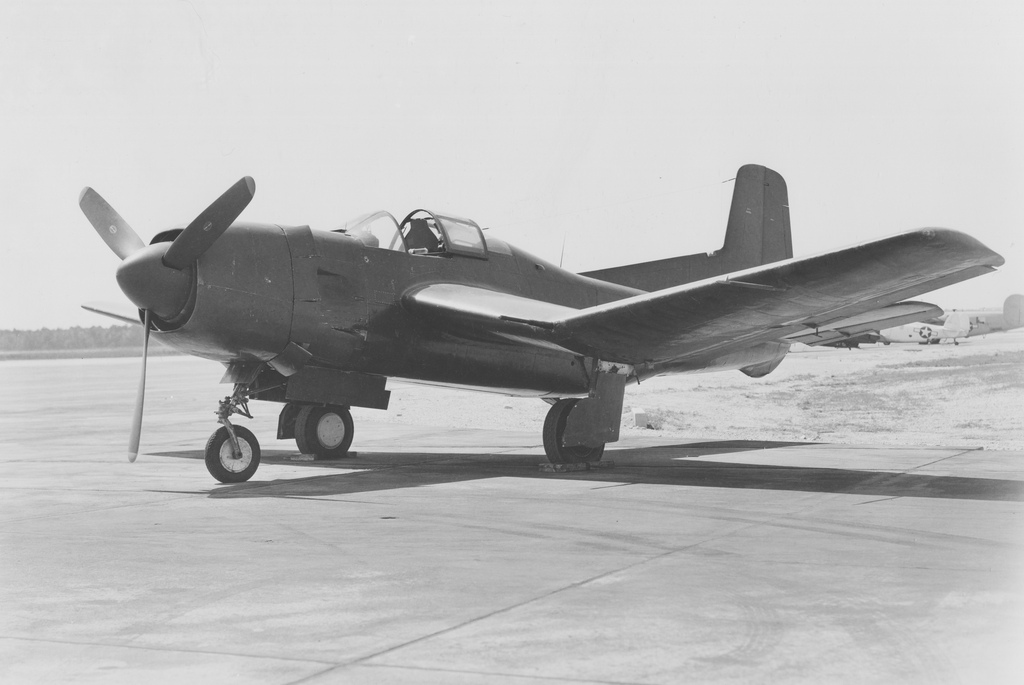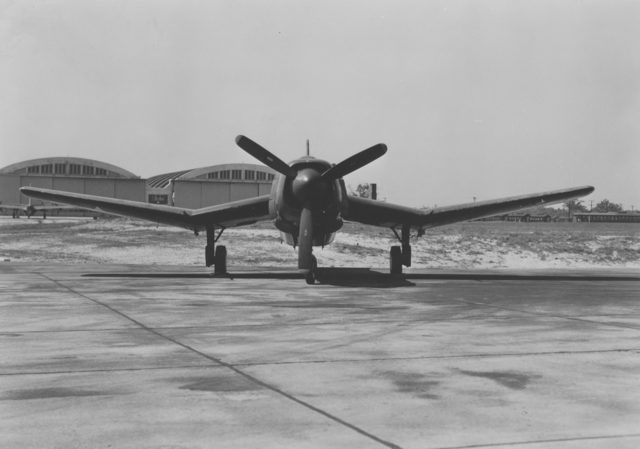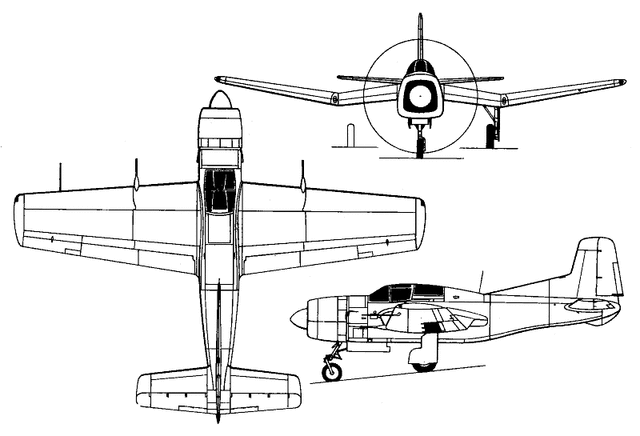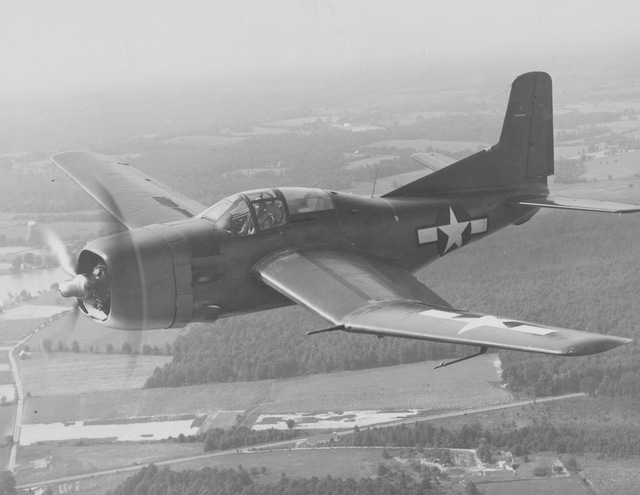Early service use of the Douglas SBD Dauntless had convinced the US Navy of its capability as a dive-bomber: its later wartime record, in such actions as the Battle of the Coral Sea (May 1942) and the Battle of Midway (June 1942), merely provided confirmation. Long before that date, however, the US Navy had initiated the procurement of a more advanced dive-bomber.
On 20 June 1941, the United States Navy placed an order with the Douglas Aircraft Company for two prototypes of a new dive bomber to replace both the Douglas SBD Dauntless and the new Curtiss SB2C Helldiver, designated XSB2D-1. The resulting aircraft, was a large single-engined mid-winged monoplane. It had a laminar flow gull-wing, and unusually for a carrier-based aircraft of the time, a tricycle undercarriage.
It was fitted with a bomb bay and underwing racks for up to 4,200 lb (1,900 kg), while defensive armament consisted of two wing-mounted 20 mm (0.79 in) cannon.
The prototype first flew on 8 April 1943, demonstrating excellent performance, being much faster and carrying nearly double the bombload of the Helldiver, and orders for 358 SB2D-1s quickly followed. The U.S. Navy changed its requirements, however, wanting single-seat carrier-based torpedo/dive bombers without defensive turrets, and Douglas reworked the SB2D by removing the turrets and second crewman, while adding more fuel and armor, producing the BTD-1 Destroyer. The orders for SB2Ds were converted to BTD-1s, with the first BTD flying on 5 March 1944
Specification
MODEL BTD-1
CREW 1
ENGINE 1 x Wright R-3350-14 Cyclone 18 radial piston engine, 1715kW
WEIGHTS
Take-off weight 8618 kg 19000 lb
Empty weight 5244 kg 11561 lb
DIMENSIONS
Wingspan 13.72 m 45 ft 0 in
Length 11.76 m 39 ft 7 in
Height 5.05 m 17 ft 7 in
Wing area 34.65 m2 372.97 sq ft
PERFORMANCE
Max. speed 554 km/h 344 mph
Ceiling 7195 m 23600 ft
Range 2382 km 1480 miles
ARMAMENT 2 x 20mm cannon, one torpedo or 1450kg of bombs




 Author
Topic: Douglas BTD-1 Destroyer (Read 3659 times)
Author
Topic: Douglas BTD-1 Destroyer (Read 3659 times)


